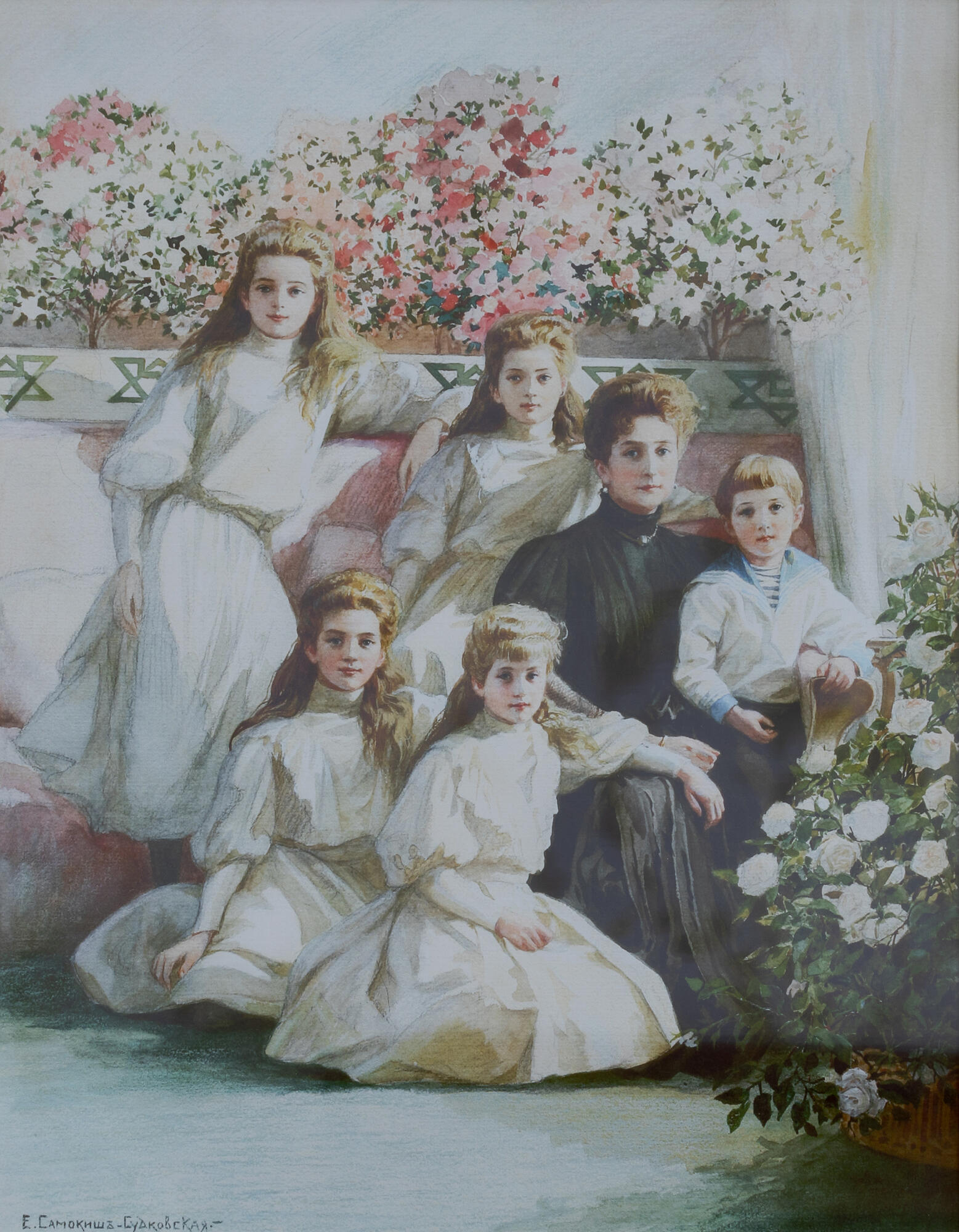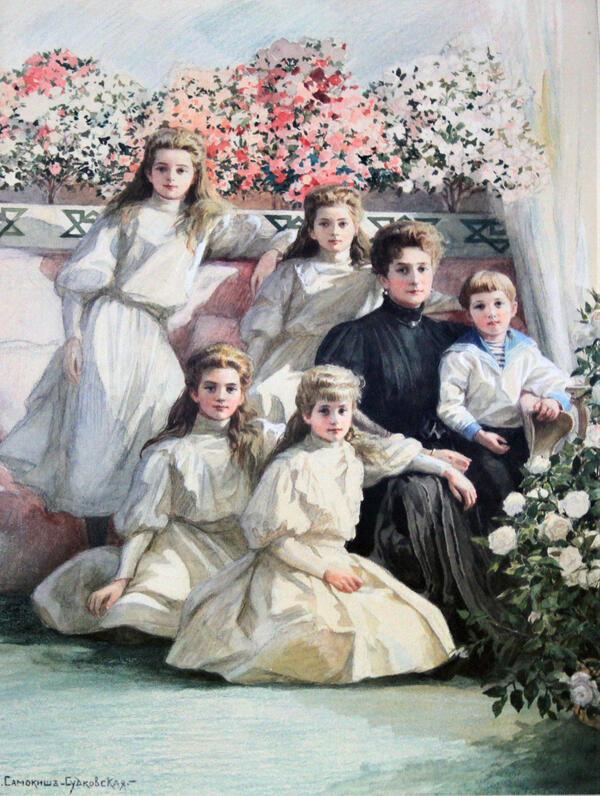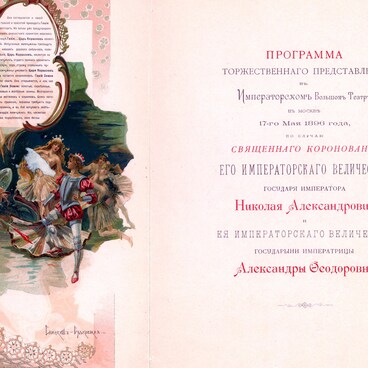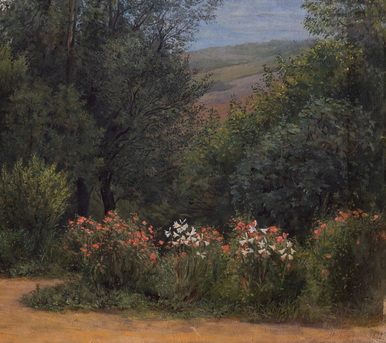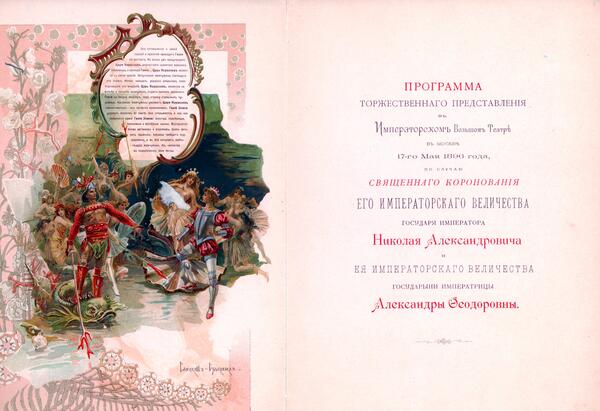Alexandra Feodorovna’s study in the Livadia Palace Museum is adorned with a watercolor painting called “Portrait of the Empress with Her Children”, created by Yelena Samokish-Sudkovskaya, a talented artist of the turn of the 20th century.
It depicts Empress Alexandra Feodorovna in a black dress without a headdress, sitting on a pink sofa and surrounded by her children. To her right is Tsarevich Alexei dressed in a sailor suit. The Grand Duchesses in white dresses with loose hair — Olga, Tatiana, Maria and Anastasia — are beside the Empress, sitting either on the sofa or on the floor. The right side of the foreground shows a fragment of a basket with a bouquet of white roses; the background depicts bunches of white and pink flowers.
Yelena Samokish-Sudkovskaya became an artist, whose name was undeservedly forgotten for many decades after the 1917 revolution. She was born on February 10, 1862, in Saint Petersburg. Yelena graduated from the Pavlovsk Institute for Noble Maidens in 1880. She showed an aptitude for drawing as early as childhood. After the Pavlovsk Institute, she entered the Academy of Fine Arts in Helsinki, where she received professional art education. She was married twice, and both of her husbands were artists.
In the spring of 1909, Empress Alexandra Feodorovna personally commissioned Samokish-Sudkovskaya to paint a watercolor portrait of herself and her children and provided two photographs as an example. By summer, the watercolor was finished and sent to the Empress. On January 12, 1912, the artist received a letter from the head of the Empress’s chancellery, reading,
It depicts Empress Alexandra Feodorovna in a black dress without a headdress, sitting on a pink sofa and surrounded by her children. To her right is Tsarevich Alexei dressed in a sailor suit. The Grand Duchesses in white dresses with loose hair — Olga, Tatiana, Maria and Anastasia — are beside the Empress, sitting either on the sofa or on the floor. The right side of the foreground shows a fragment of a basket with a bouquet of white roses; the background depicts bunches of white and pink flowers.
Yelena Samokish-Sudkovskaya became an artist, whose name was undeservedly forgotten for many decades after the 1917 revolution. She was born on February 10, 1862, in Saint Petersburg. Yelena graduated from the Pavlovsk Institute for Noble Maidens in 1880. She showed an aptitude for drawing as early as childhood. After the Pavlovsk Institute, she entered the Academy of Fine Arts in Helsinki, where she received professional art education. She was married twice, and both of her husbands were artists.
In the spring of 1909, Empress Alexandra Feodorovna personally commissioned Samokish-Sudkovskaya to paint a watercolor portrait of herself and her children and provided two photographs as an example. By summer, the watercolor was finished and sent to the Empress. On January 12, 1912, the artist received a letter from the head of the Empress’s chancellery, reading,
